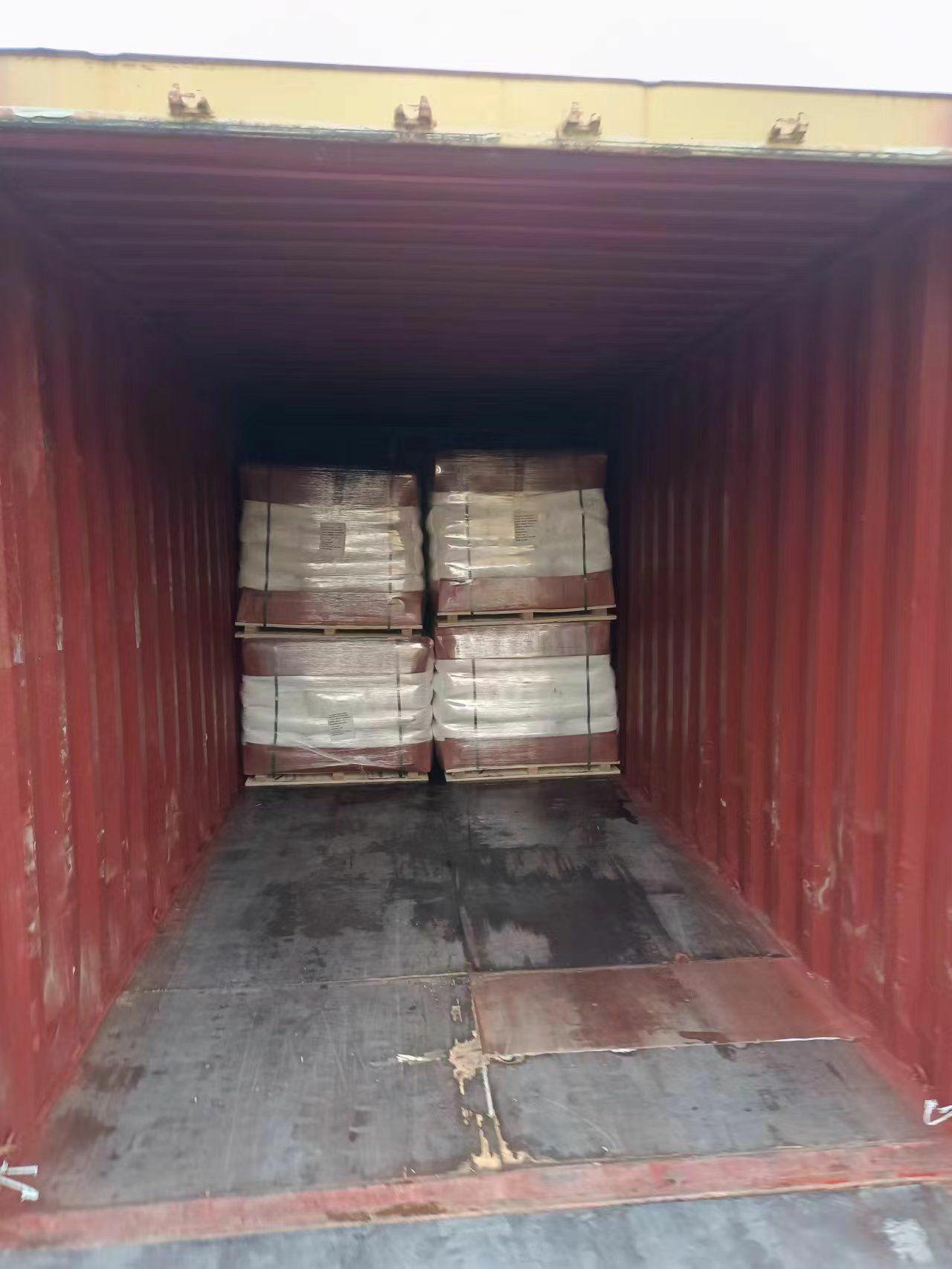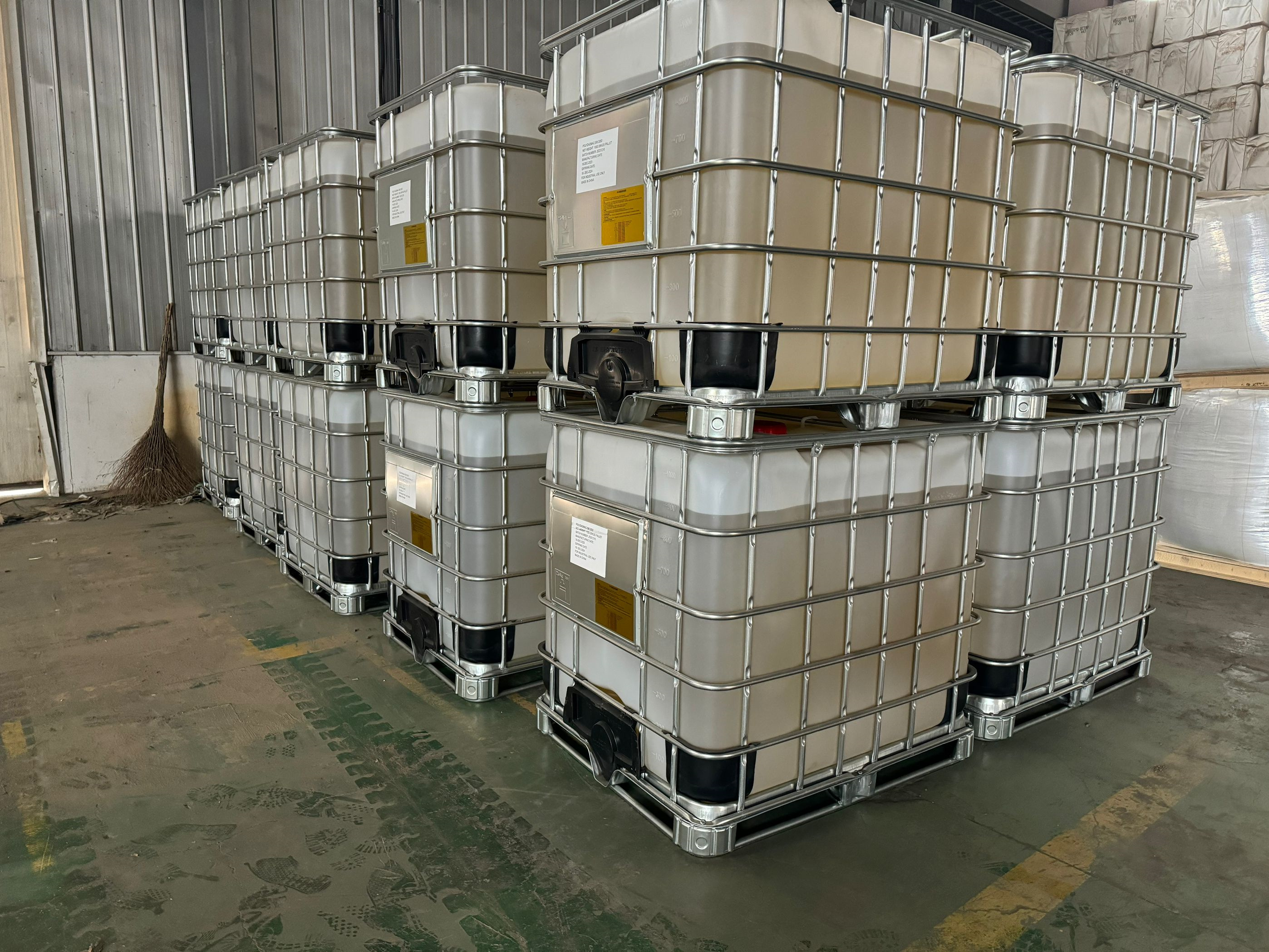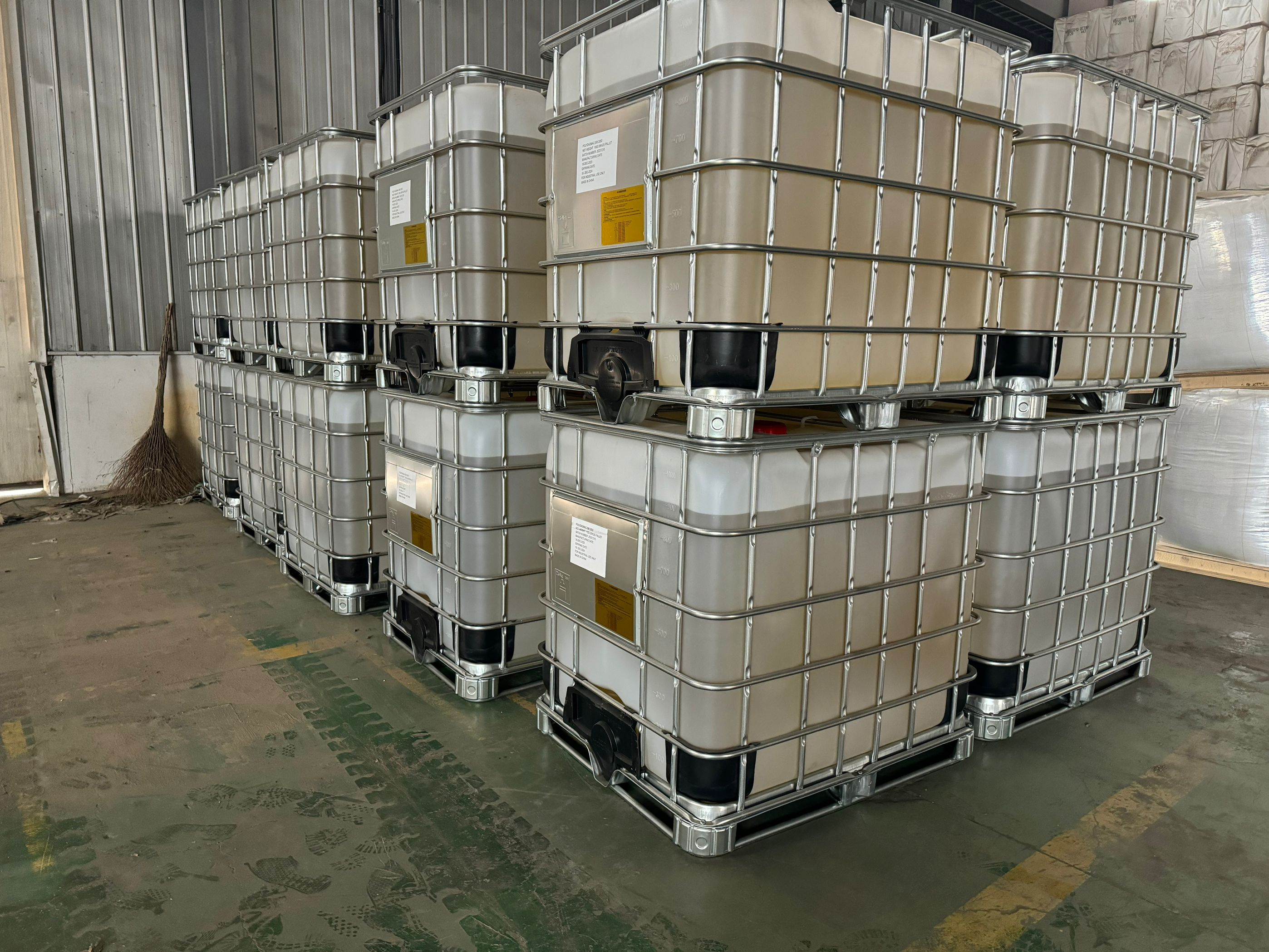polyamine (50% soild,1000-1500 viscosity)used for water treatment and mining
Material
- polyamine
Color
- light yellow
Application
- water treatment ,mineral processing
Certificate
- ISO9001 ,ISO14001
Place of Origin
- China
Other Names
- coagulant
Brand Name
- asiafloc
Usage
- water treatment ,mineral processing ,construction
Polyamines are a class of organic compounds characterized by the presence of two or more amine groups. In the context of water treatment and mining, polyamines play vital roles due to their unique chemical properties. Here, we will explore their main functions in these two fields.
Polyamines in Water Treatment
Coagulation and Flocculation:
Polyamines are primarily used as coagulants and flocculants in water treatment processes. Their positive charge allows them to neutralize the negative charges on suspended particles in water, promoting aggregation into larger flocs. This is particularly useful in removing colloidal particles, organic matter, and turbidity from water sources.
The flocculation process enhances the settling rate of these aggregates, making it easier to separate them from the treated water.
Reduction of Chemical Oxygen Demand (COD):
The use of polyamines can significantly lower the chemical oxygen demand of wastewater. By facilitating the removal of organic contaminants, polyamines help improve the overall quality of treated water, making it safer for discharge or reuse.
Enhanced Filtration:
Polyamines can improve the performance of filtration systems by reducing fouling and enhancing the flow of water through filters. They help maintain the integrity of filter media, increasing the lifespan of filtration systems and reducing maintenance costs.
Microbial Control:
Polyamines have antimicrobial properties, which can be beneficial in controlling bacterial growth in water systems. This is especially important in preventing biofilm formation in pipes and storage tanks, ensuring cleaner water supply and reducing health risks.
Nutrient Removal:
In some applications, polyamines can aid in the removal of nutrients such as nitrogen and phosphorus from wastewater. This is crucial for preventing eutrophication in receiving water bodies.
pH Adjustment:
Polyamines can also assist in pH control within water treatment processes. By maintaining optimal pH levels, they help enhance the effectiveness of other treatment chemicals and processes.
Compatibility with Other Chemicals:
Polyamines can be used in conjunction with other coagulants and flocculants, such as alum and ferric chloride, to enhance their effectiveness. The combination can lead to improved performance in terms of turbidity reduction and overall water quality.
Polyamines in Mining
Froth Flotation:
In the mining industry, polyamines are widely used as collectors in froth flotation processes. They help separate valuable minerals from ore by selectively adhering to the surface of target minerals and rendering them hydrophobic, allowing them to be separated from gangue materials.
The efficiency of mineral recovery in flotation processes can be significantly enhanced by optimizing the type and concentration of polyamines used.
Flocculation of Tailings:
Polyamines play a critical role in the management of tailings, which are the waste materials left after the extraction of valuable minerals. By promoting the flocculation of fine particles in tailings, polyamines can improve the settling and thickening of these materials, leading to reduced water content and easier disposal.
This process is essential for minimizing the environmental impact of mining activities, as it helps in the rehabilitation of mined areas and reduces the risk of tailings dam failures.
Water Recovery:
The flocculation process aided by polyamines also contributes to water recovery in mining operations. By separating water from tailings, mining companies can recycle water back into the process, reducing the overall water footprint and improving sustainability.
Control of Dust Emissions:
In surface mining operations, polyamines can be used as dust suppressants. By binding fine particles, they help reduce airborne dust, improving air quality and compliance with environmental regulations.
Soil Stabilization:
Polyamines can be employed in soil stabilization techniques to enhance the structural integrity of mine site soils. This is crucial for preventing erosion and ensuring the safety of mine operations.
Chemical Stability:
The chemical stability of polyamines makes them suitable for use in harsh mining environments. Their performance remains consistent under varying pH levels and temperatures, ensuring reliable outcomes in mineral processing.
Environmental Compliance:
The use of polyamines in mining operations can help meet environmental regulations regarding wastewater treatment and tailings management. By improving the efficiency of these processes, mining companies can reduce their environmental impact and enhance their sustainability practices.
Conclusion
Polyamines are multifunctional agents that play crucial roles in both water treatment and mining. Their ability to facilitate coagulation, flocculation, and mineral separation makes them indispensable in these industries. In water treatment, polyamines enhance water quality, reduce contaminants, and improve the efficiency of treatment processes. In mining, they contribute to the recovery of valuable minerals, efficient management of tailings, and compliance with environmental regulations.
As industries continue to focus on sustainability and environmental responsibility, the demand for effective and efficient agents like polyamines will likely increase. Their versatility and effectiveness position them as essential components in modern water treatment and mining practices. By leveraging the properties of polyamines, both sectors can improve their processes, reduce environmental impacts, and promote resource efficiency, ultimately leading to more sustainable practices in the long term.






